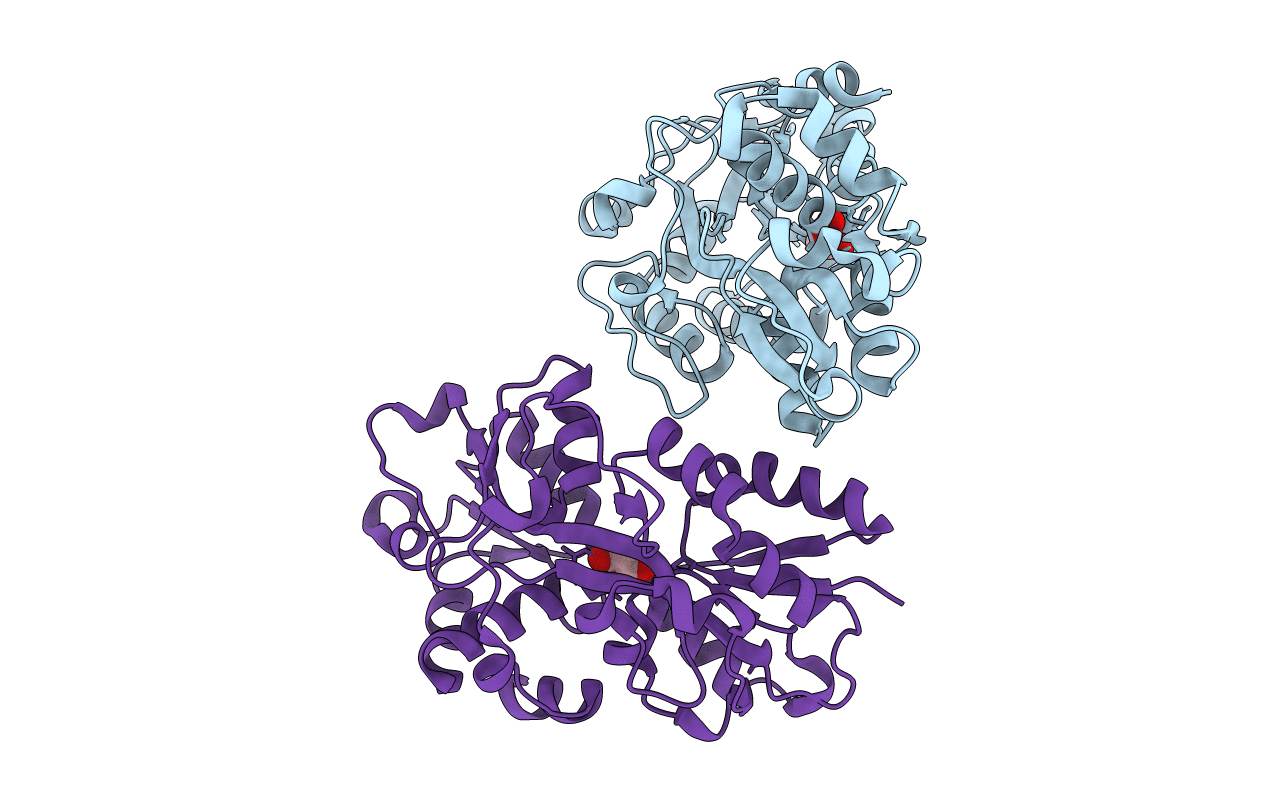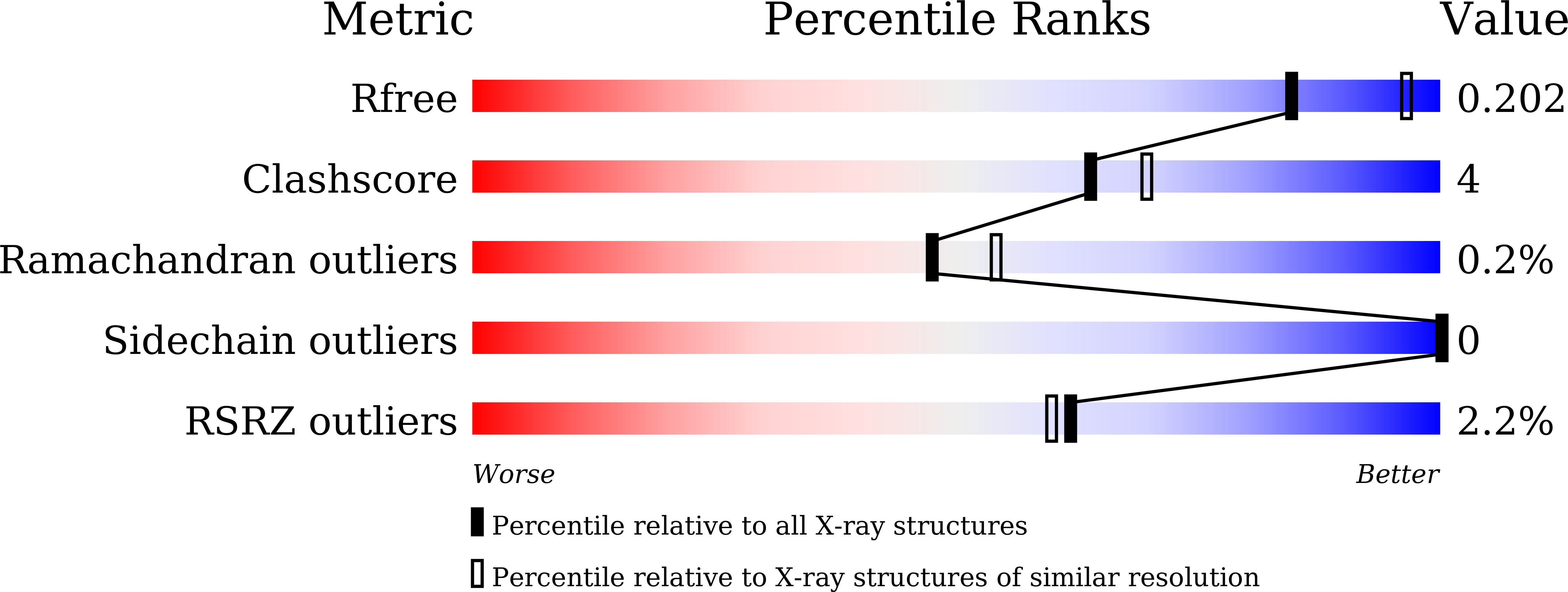
Deposition Date
2019-12-19
Release Date
2020-12-02
Last Version Date
2024-03-27
Entry Detail
PDB ID:
6LKL
Keywords:
Title:
Two-component system protein mediate signal transduction
Biological Source:
Source Organism:
Staphylococcus aureus (Taxon ID: 1280)
Host Organism:
Method Details:
Experimental Method:
Resolution:
2.21 Å
R-Value Free:
0.20
R-Value Work:
0.17
R-Value Observed:
0.17
Space Group:
P 1 21 1


